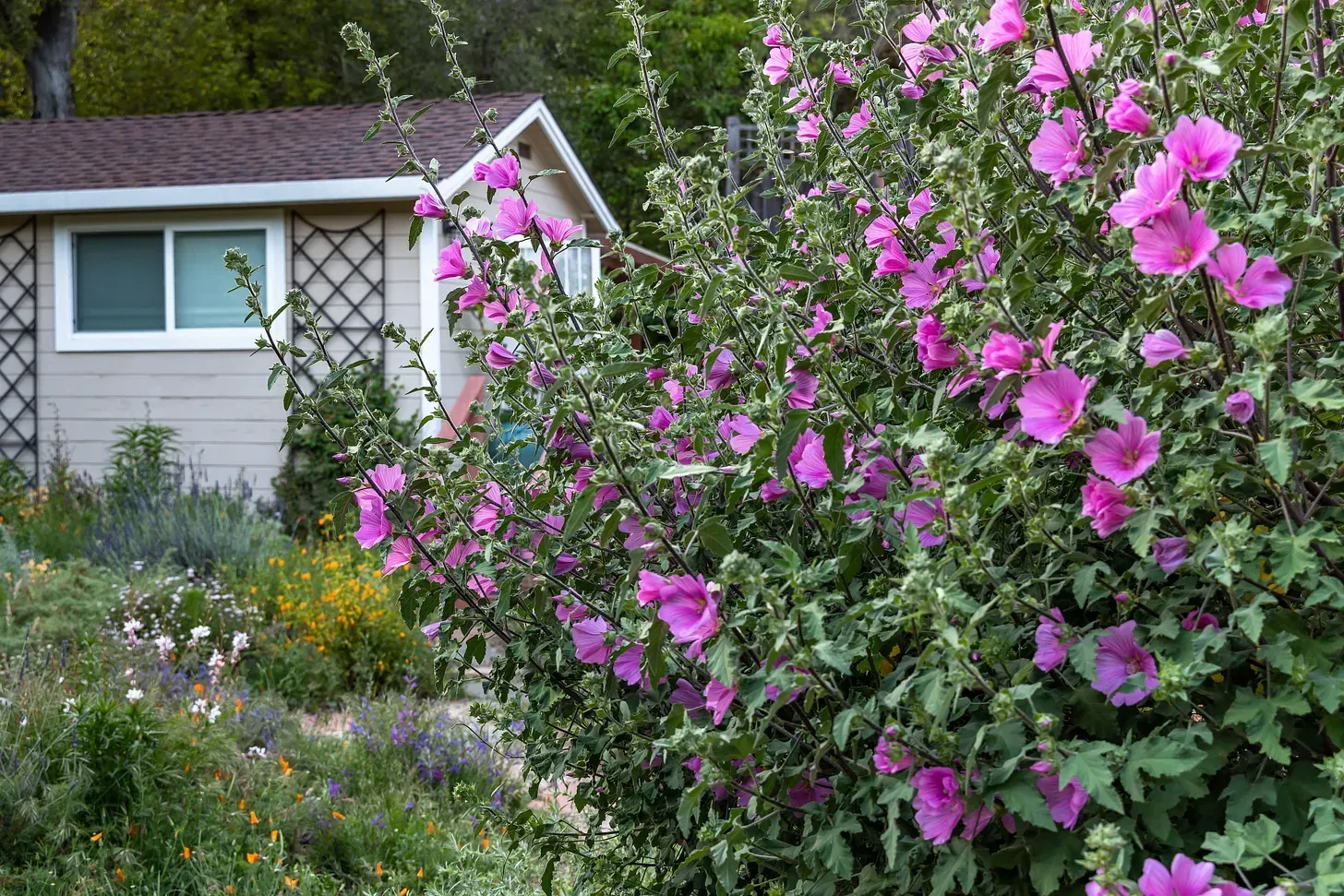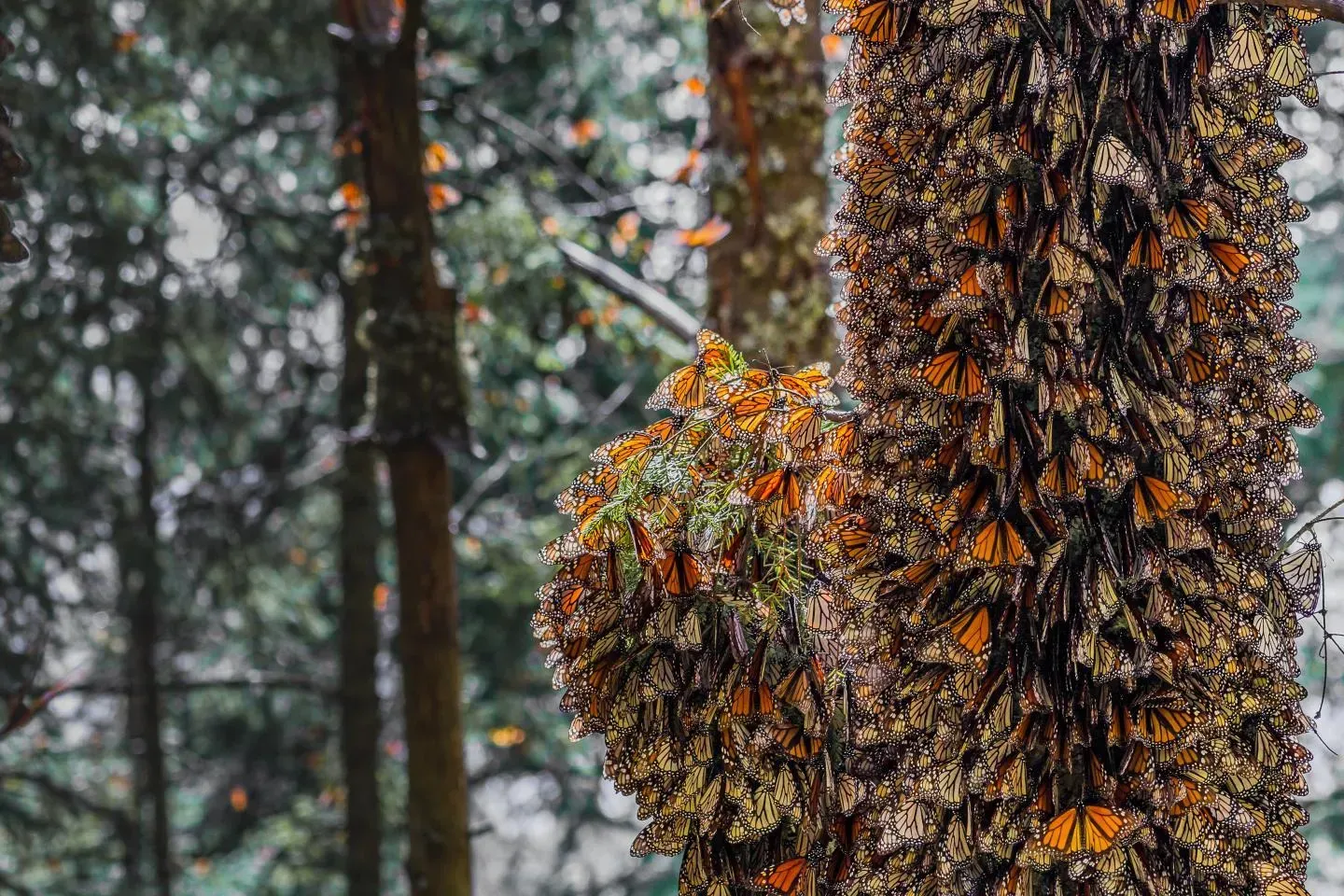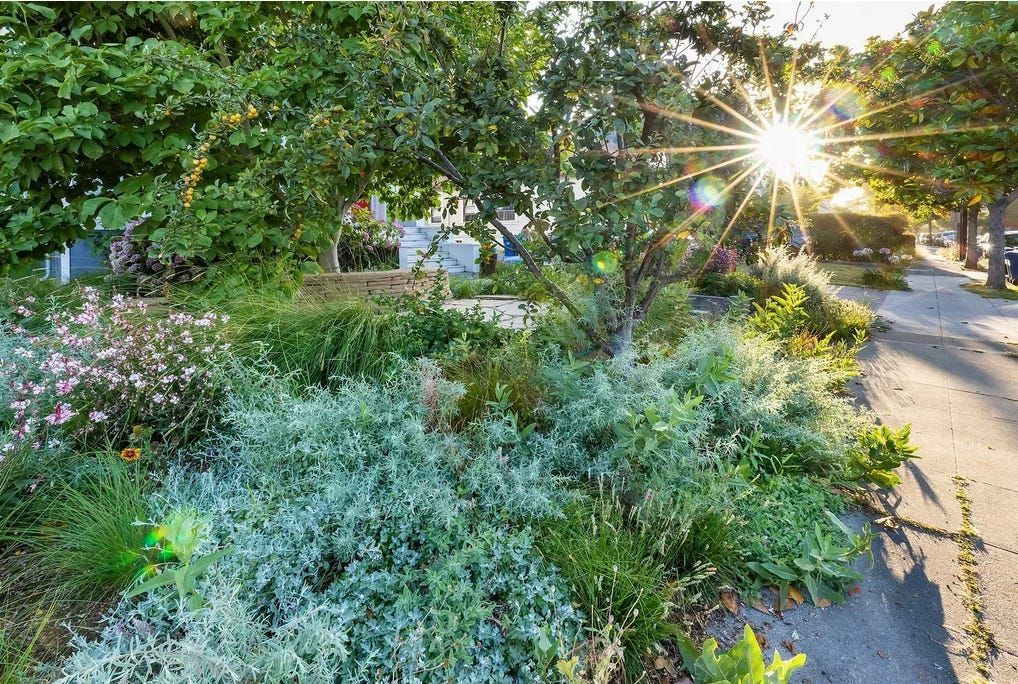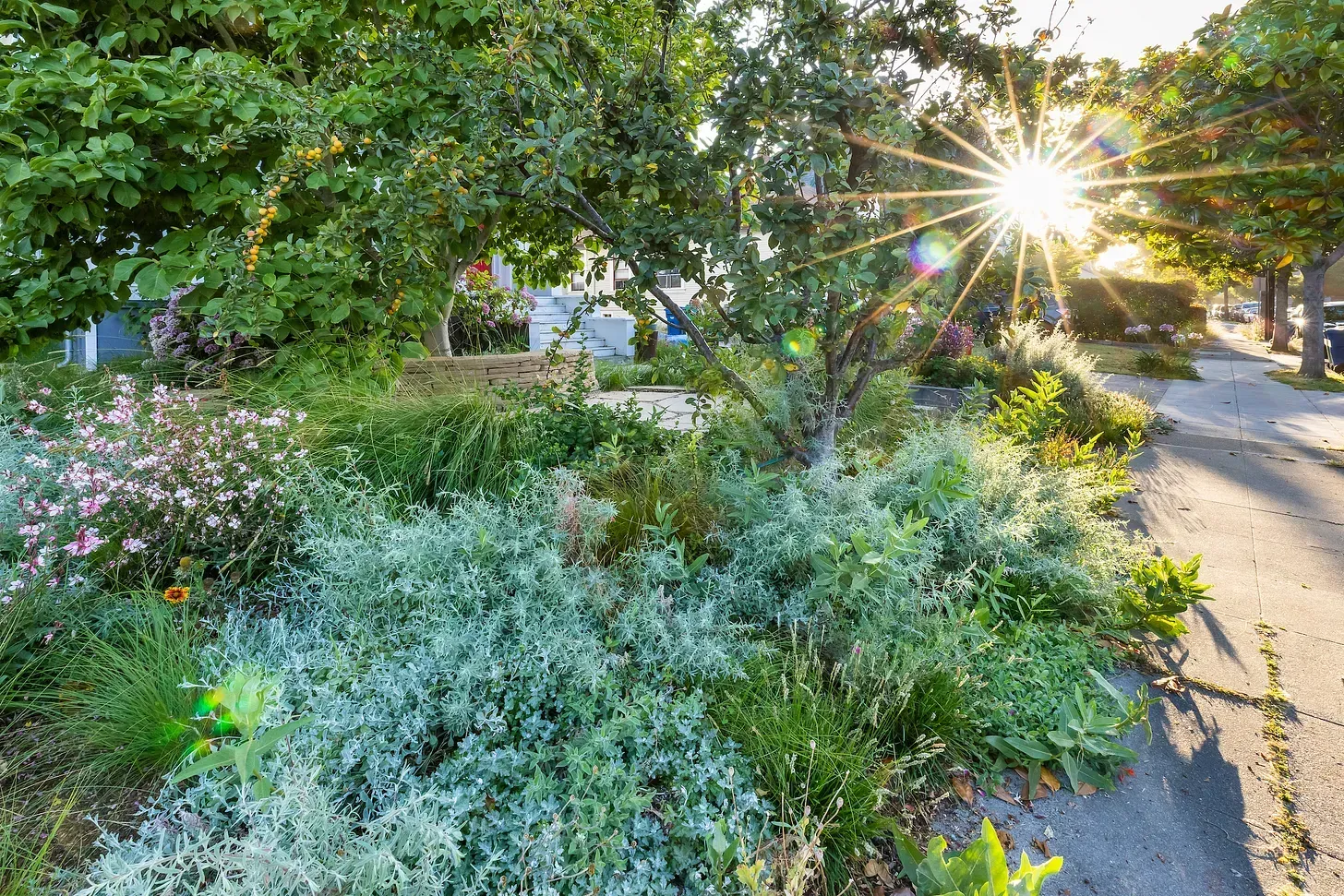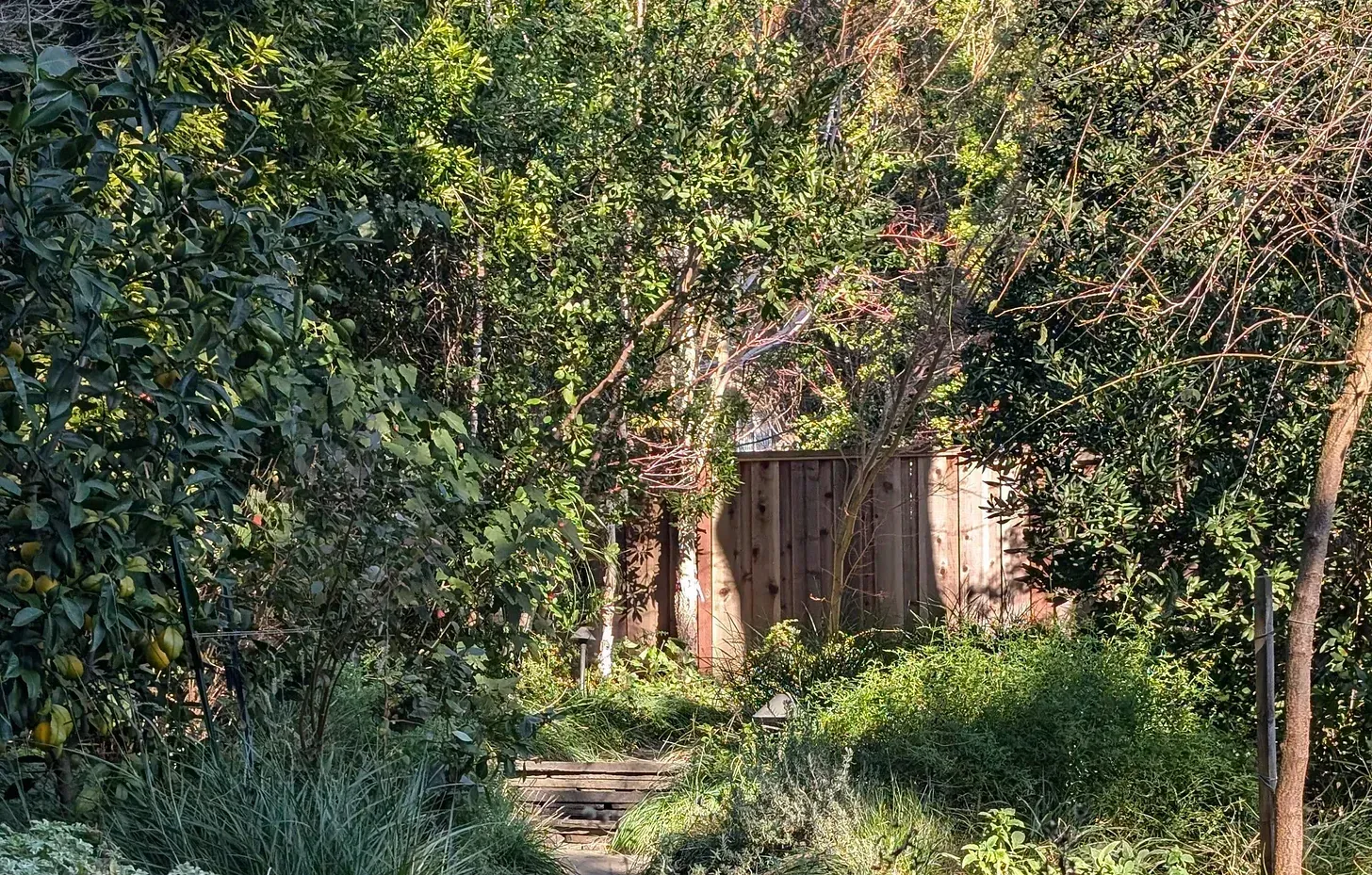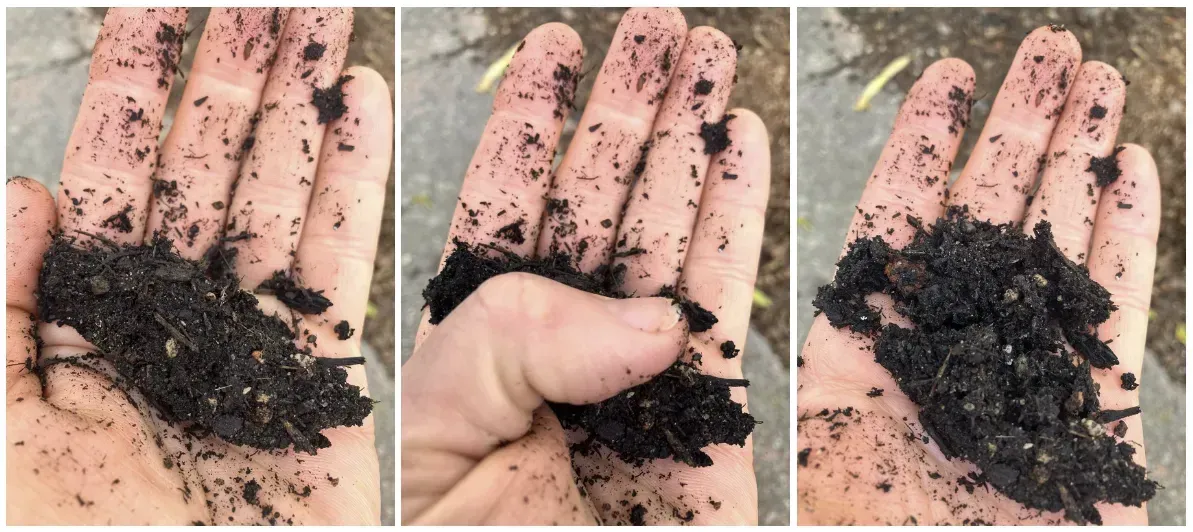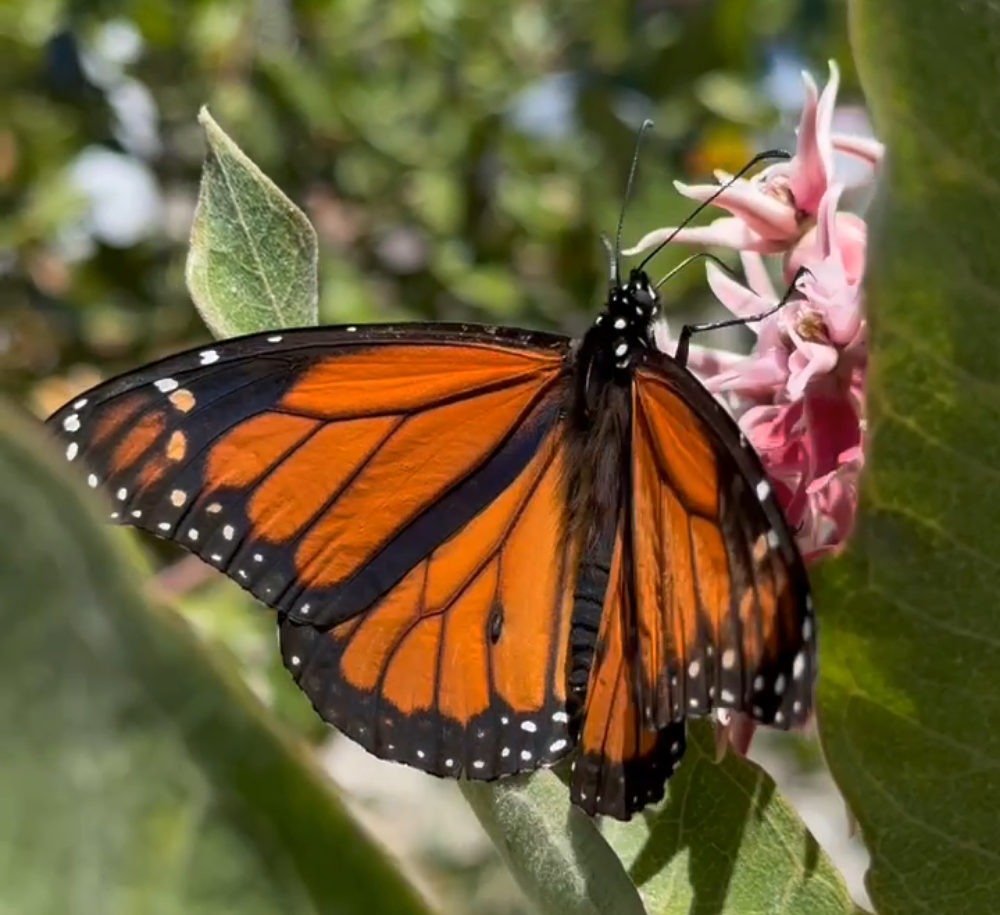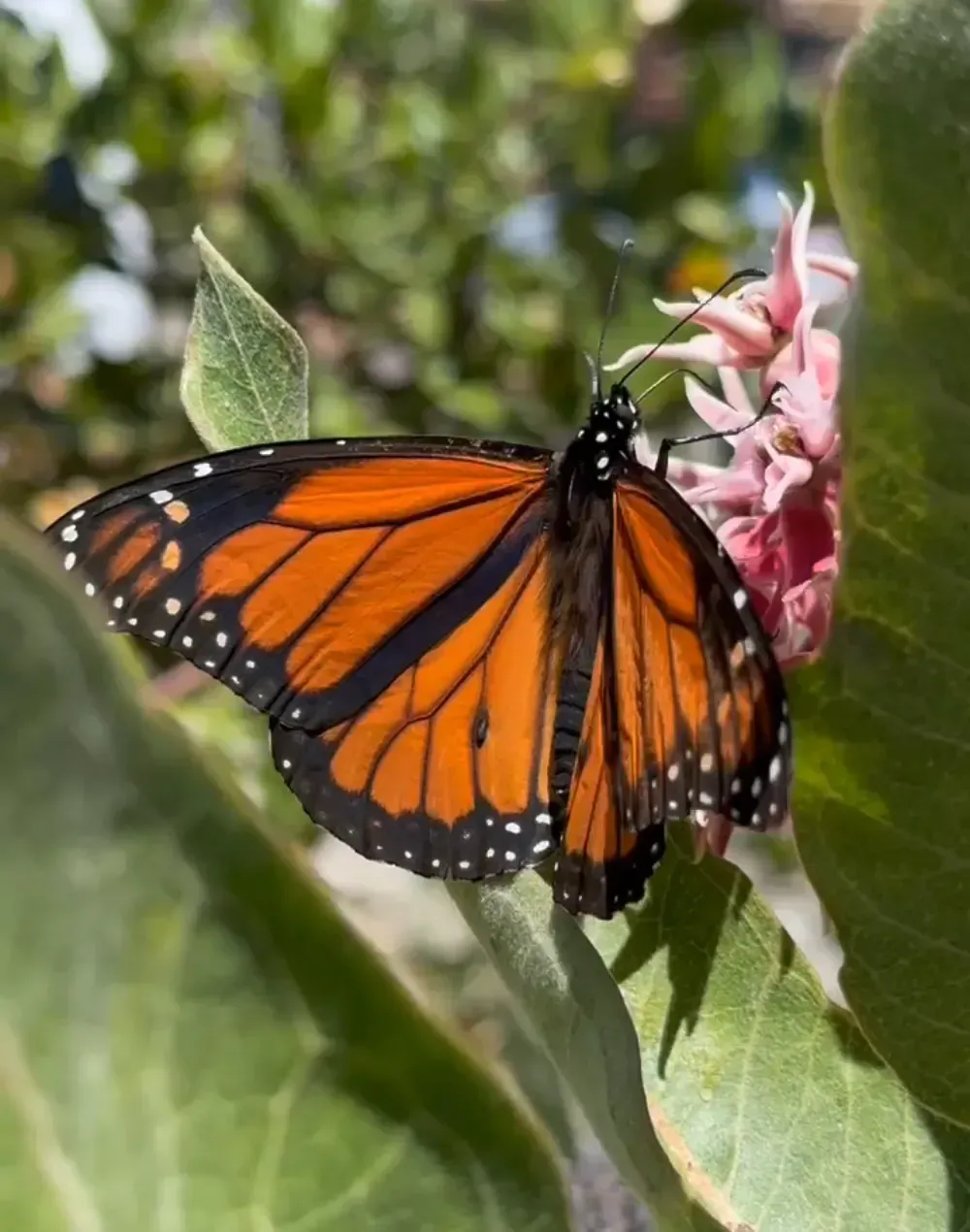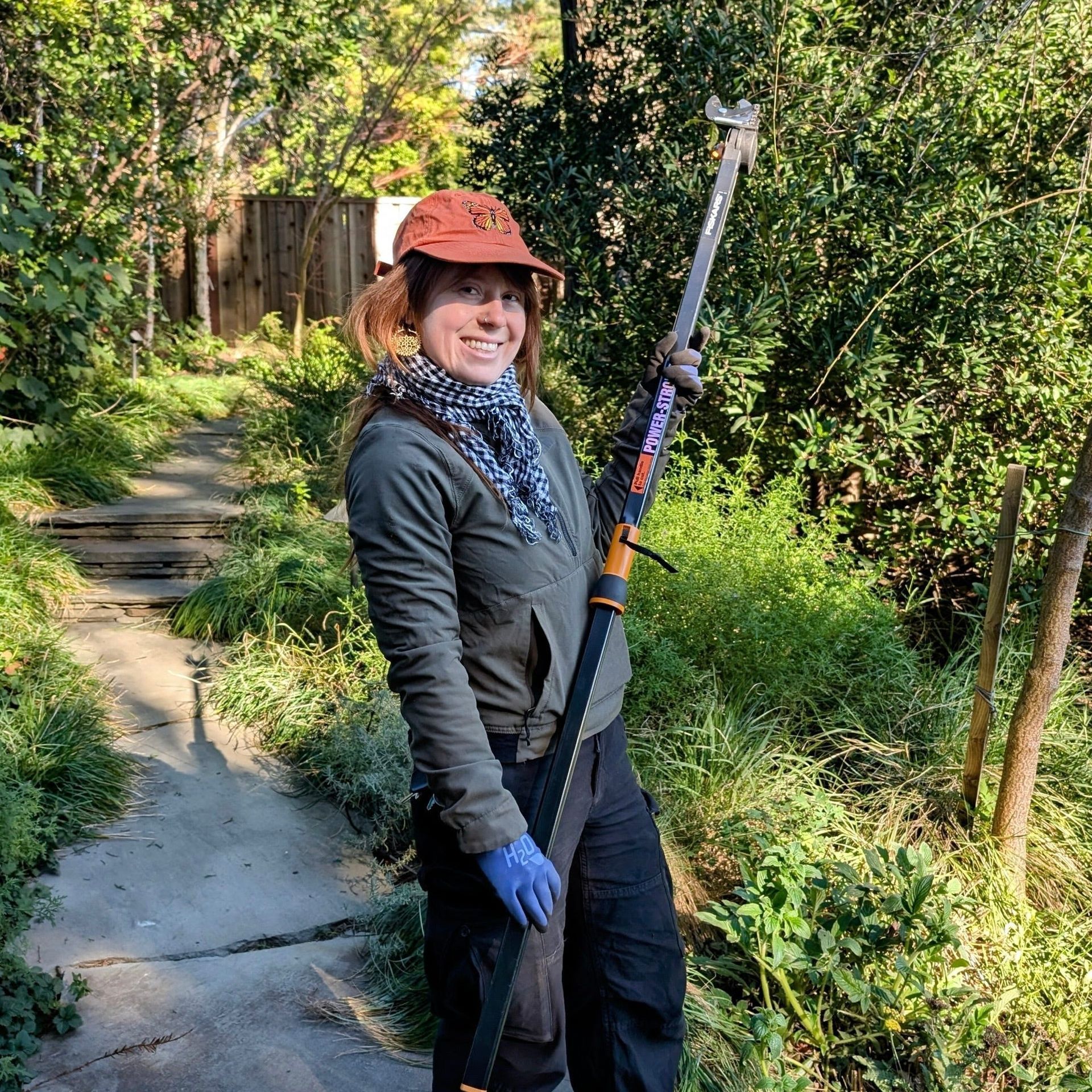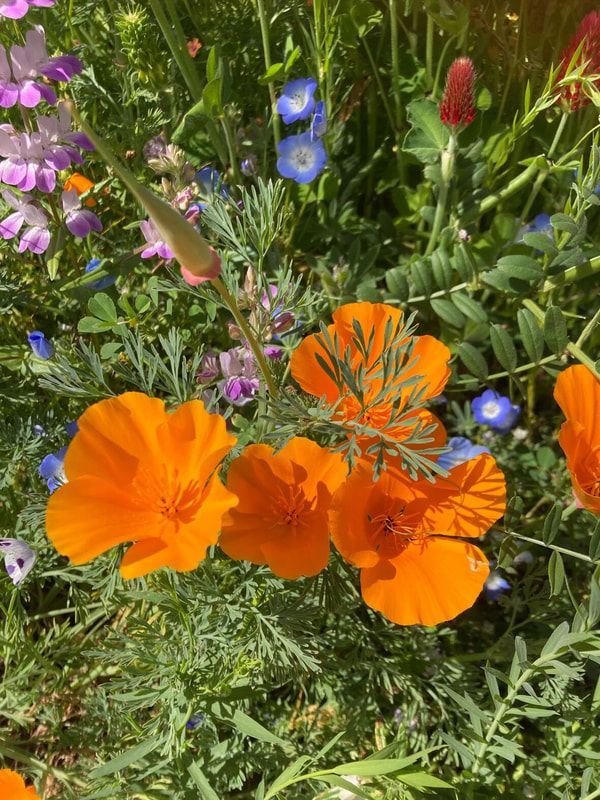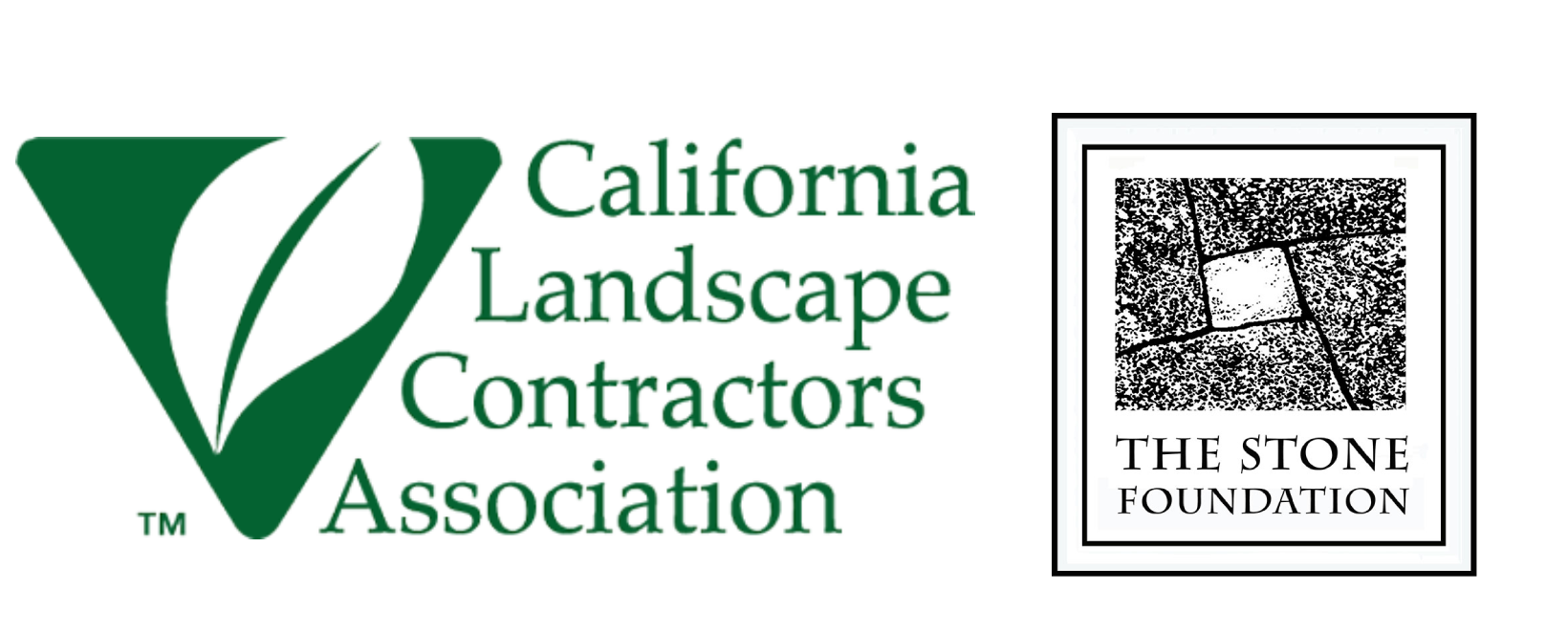Summer Is Almost Here, Start Thinking About Your Soil
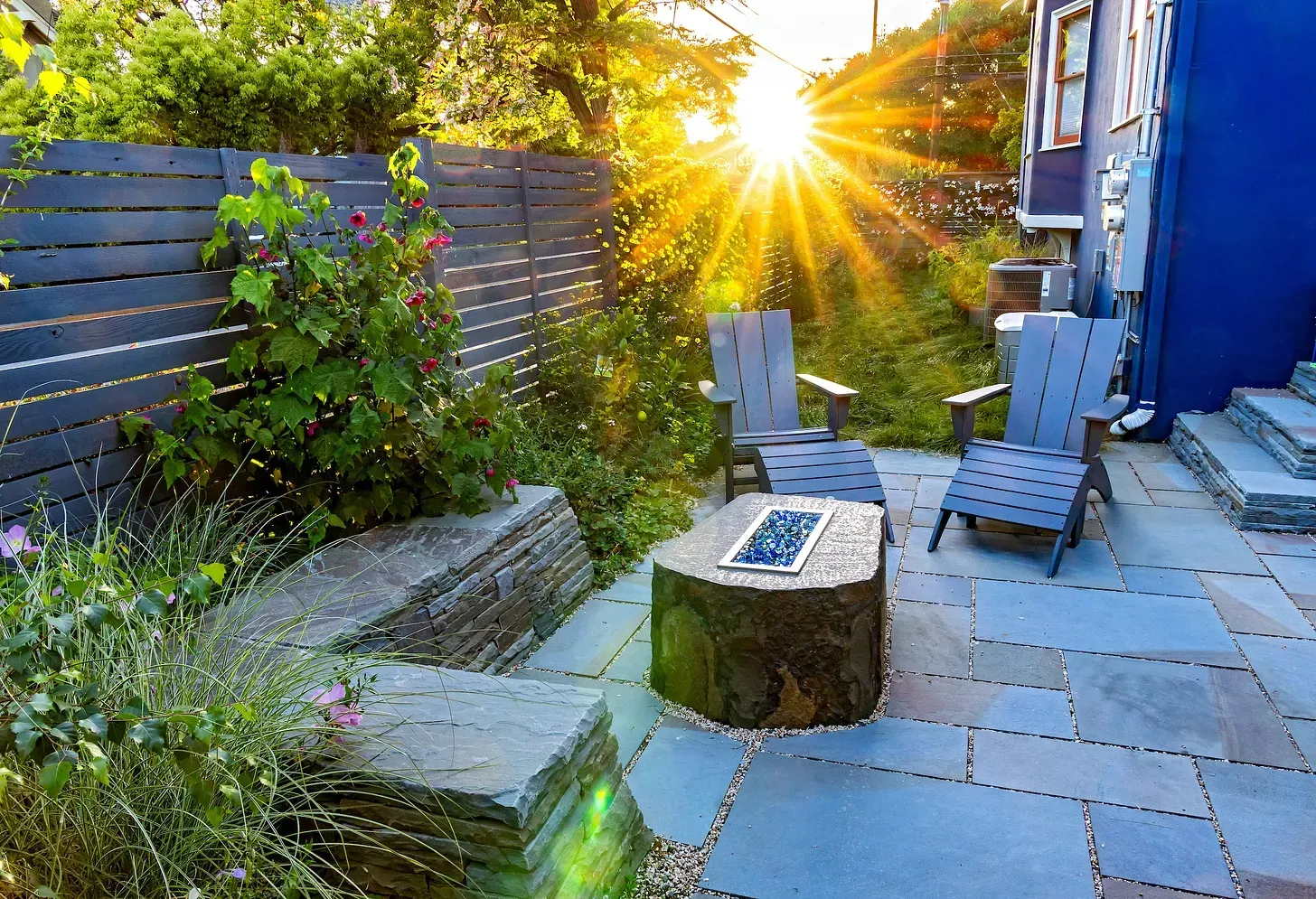
CHECK YOUR SOIL!
Isn’t it great to feel the longer and warmer days of late Spring? I love the feeling of going outside and seeing the sun, shining brightly on all of the green leaves and beautiful flowers. It is so wonderful to feel the glow of summer approaching. What a joy to get caught up in that glow, while we watch the gardens grow gorgeously. However, that joy makes it easy to forget that here in the Bay Area, we are entering the months long dry season. Our Mediterranean climate shifts this time of year, which can transform gardens from showing lots of flowering and new green growth, to gardens where soils and plants become dry and damaged. This transition can lead to health issues in the garden over the coming weeks and months. While plants are still thriving from the lovely winter rains, the soils are now drying out. We often don’t realize that the soils are becoming too dry because at this time of year, it takes plants longer to show signs of stress. However, if we know what is about to come, we can stay ahead of the dry season and the damage that hydrophobic soils can do to our garden.
STOP USING WEED CLOTH!
Before we do any planting in our gardens at Mariposa, the Install Team prepares the soil for success. There is a curious practice out there that we often encounter when we are beginning to prepare the soil for planting in a new garden. Weed cloth is regularly added to gardens with the misconception that it will reduce weed pressure. This false notion is promoted by the garden industry to sell a product that will alleviate one of the dreaded garden tasks—weeding. The short term downside of weed cloth is that it will only discourage weeds temporarily. If the garden is neglected, weeds will still persist. Over time, a garden that was prepared with weed cloth will get weeds, and the roots of those weeds will grow into the plastic “cloth” mesh, making them impossible to remove.
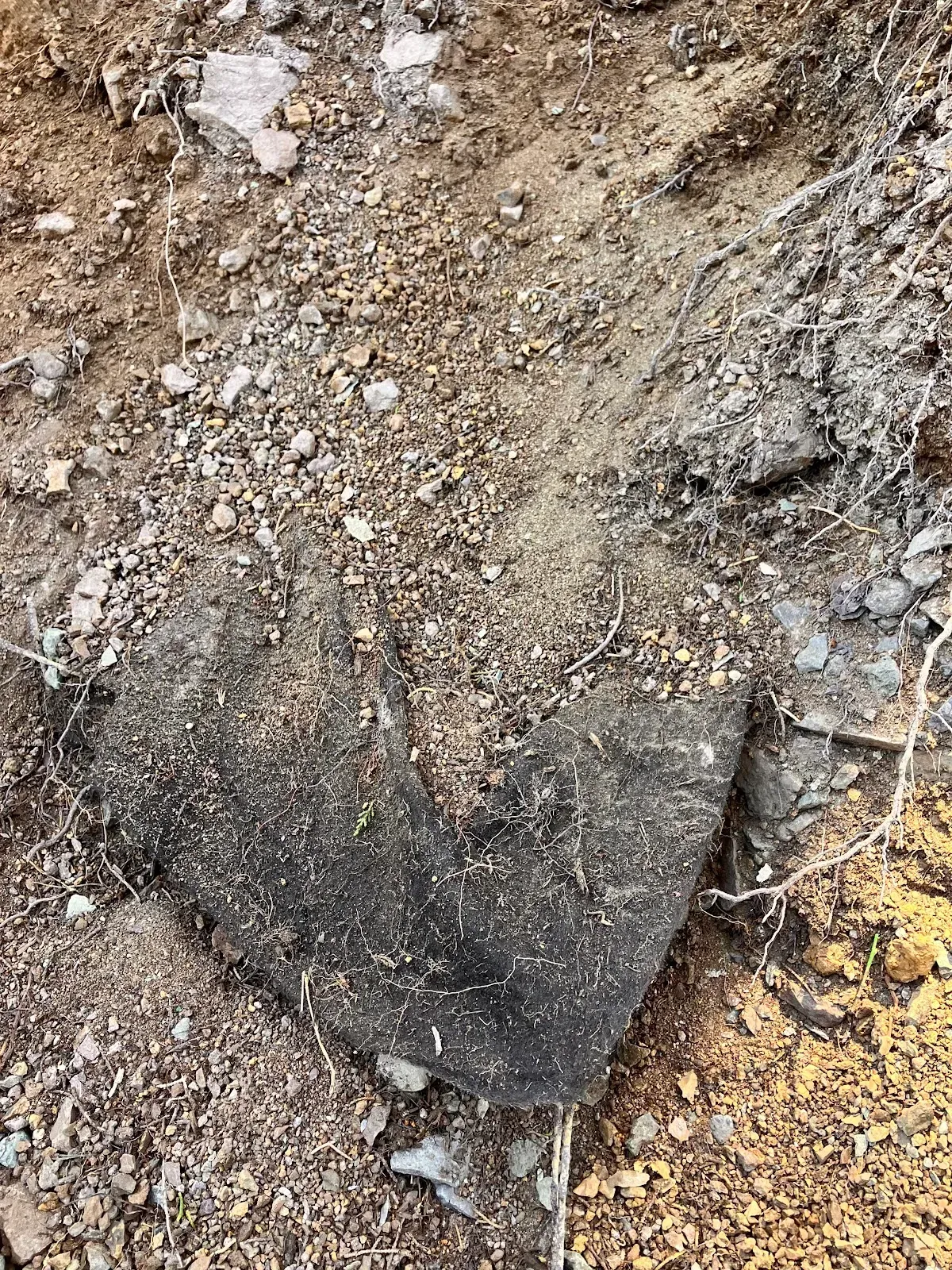
So, even in the short term, weed cloth actually makes weed issues and weed pressure much more difficult to address. In addition, adding plastic on top of the soil creates conditions where the soil cannot properly “breathe,” causing the life below the soil to diminish. This leaves your garden with soil that has poor structure and low fertility.
At Mariposa, our passion is to build life both below the soil and above the soil. This passion drives us to prepare soils for planting with consideration for how natural systems function. We don’t fight weed issues without first understanding how weeds behave in the garden. With an ecosystems approach, we have created the method highlighted below to prepare your soil for success. To us, success includes well hydrated soil that is neither overwatered nor underwatered. We focus on developing gardens to encounter low weed pressure. Most importantly our gardens create healthy soil and healthy plants that improve the ecological health of the planet.
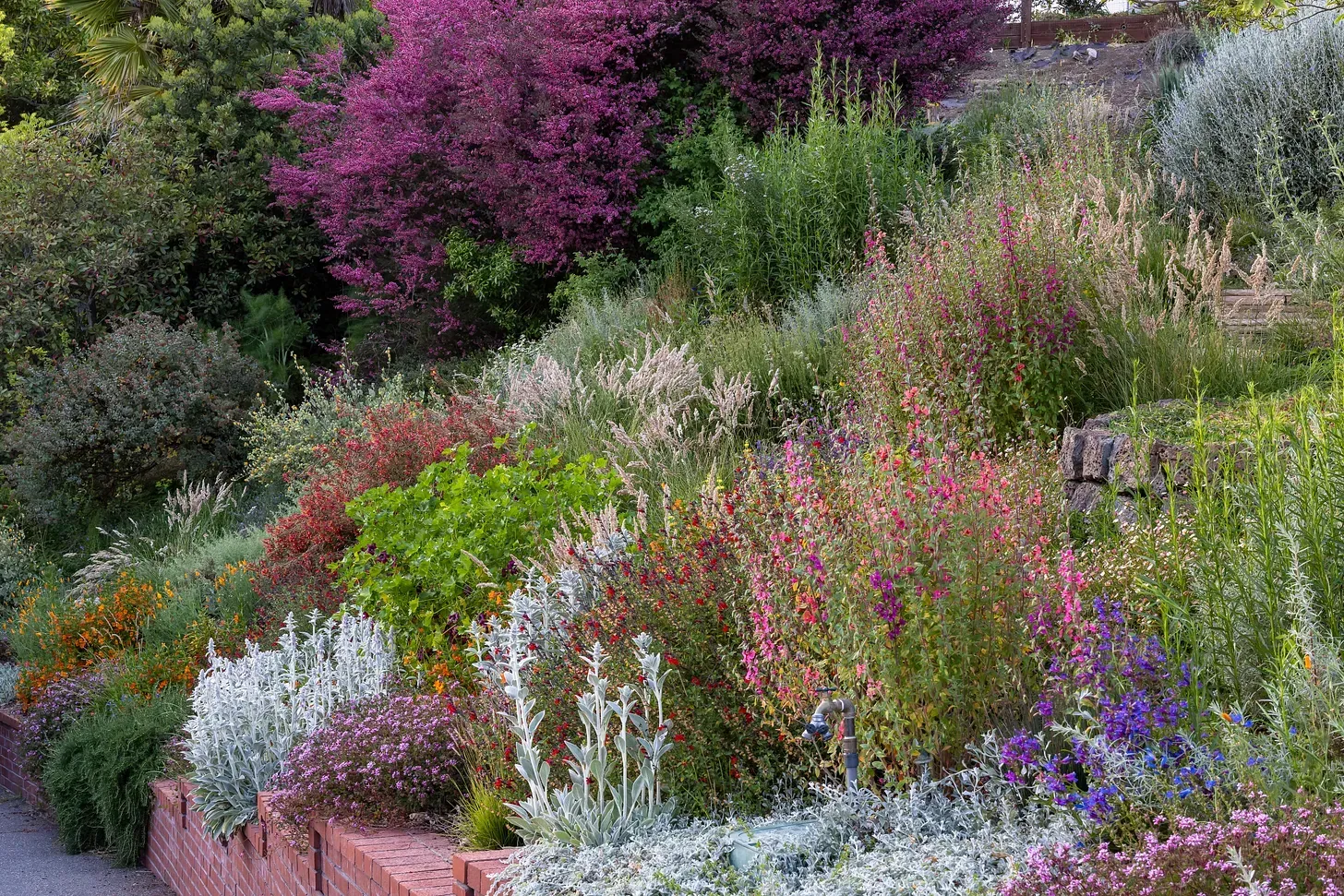
WEEDING
Weeding and removing the plants we do not want in the landscape before planting is crucial. Getting to know your weeds will help to do a better job of long term elimination from the garden. For example, Ivy Hedera helix, will grow back from the woody stems. So, if even small pieces of it are left behind, it will regrow somewhat vigorously. Proper weed removalcan improve the outcomes of reducing weed pressure in your garden.
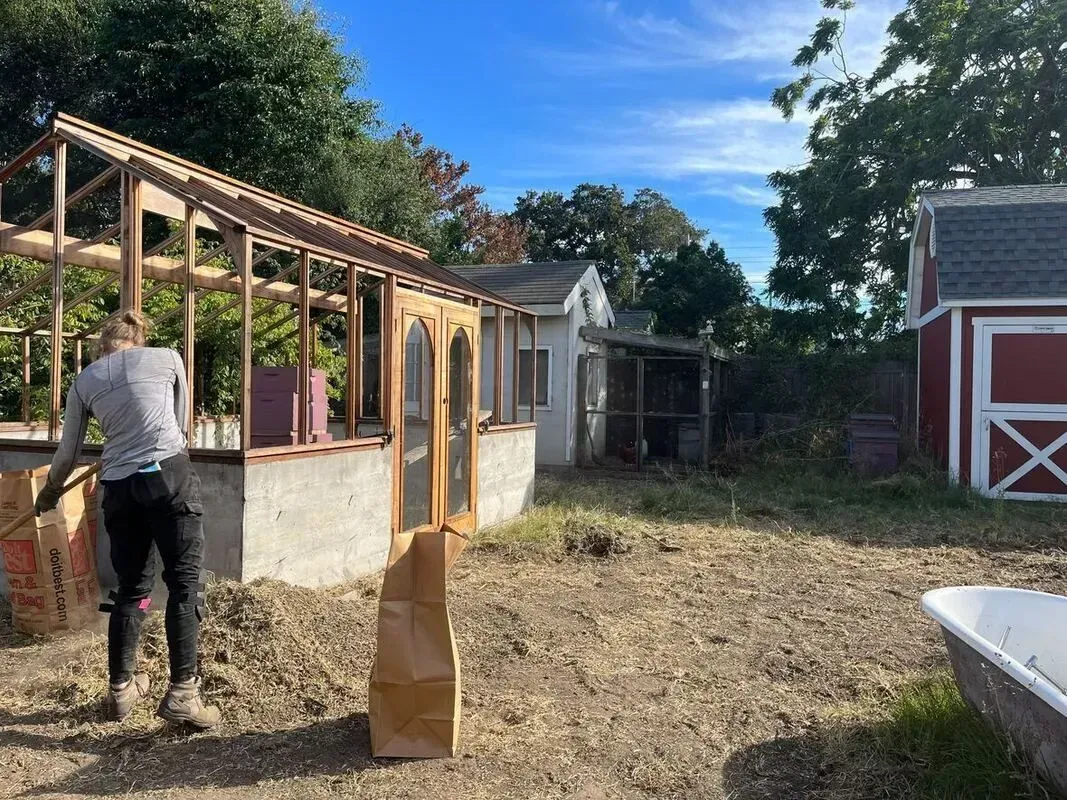
GRADING
This step is very important for soil preparation so that water can evenly distribute to areas of the garden where we want water to concentrate, and move water away from the garden where we want to protect structures. We use the native “pan grade” to slow, sink and spread water to areas we want it in the landscape. More information about the “slow it, sink it, spread it” techniques can be found HERE.
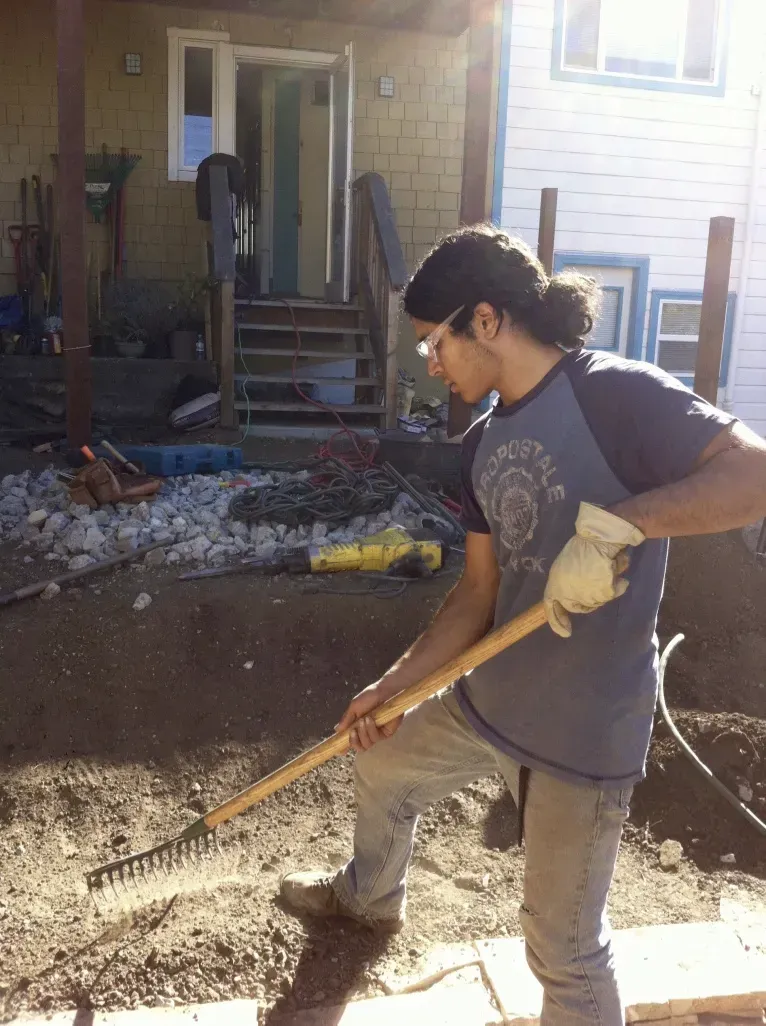
FLAME WEEDING
Flame weeding is done with a special tool that is designed to throw a small and controlled flame over a garden bed. This will desiccate remaining roots or crowns of weeds that were left behind. It will also desiccate any potential weed seeds sitting on the surface of the soil. This is best done after any grading is finished. It is also important to only run the flame over the surface and not leave it in place for too long. It is possible to oversterilize the soil, and impact soil fertility.
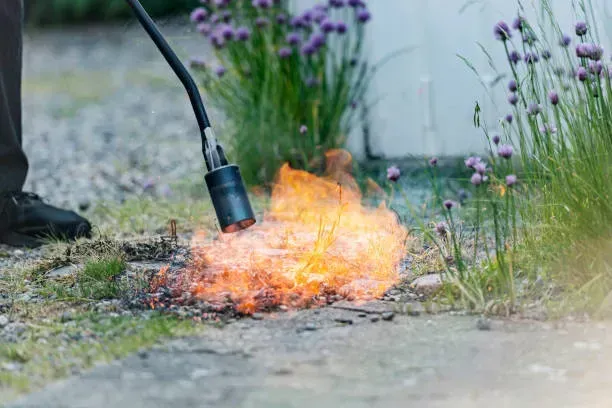
SHEET MULCH WITH CARDBOARD!
Our most effective weed reduction and soil health strategy is to lay down cardboard to the areas to be planted. Cardboard diminishes the ability of any roots or weed seeds to take hold once the plants are in. It effectively does what weed cloth promises, but without the harmful downsides. Cardboard will suppress any aggressive roots or weed seeds that it covers, as the weed cloth promises to do, but it will also biodegrade as the garden fills in, allowing the soil to breathe. In addition, the cover of cardboard encourages earthworms, which help to aerate and improve the structure and fertility of the soil.
IRRIGATION, COMPOST AND PLANT!
Add your irrigation lines (we use ½” perforated lines on a grid) and compost on top of the cardboard for the final preparation before planting. The subterranean irrigation lines keep the soil evenly moist. Putting them at 3” below the layer of compost reduces the amount of evaporation and runoff that plague other types of irrigation systems, keeping your soil well-hydrated and water conscious. The compost adds essential nutrients and structure to your soil, allowing it to retain water and keep your plants healthy.
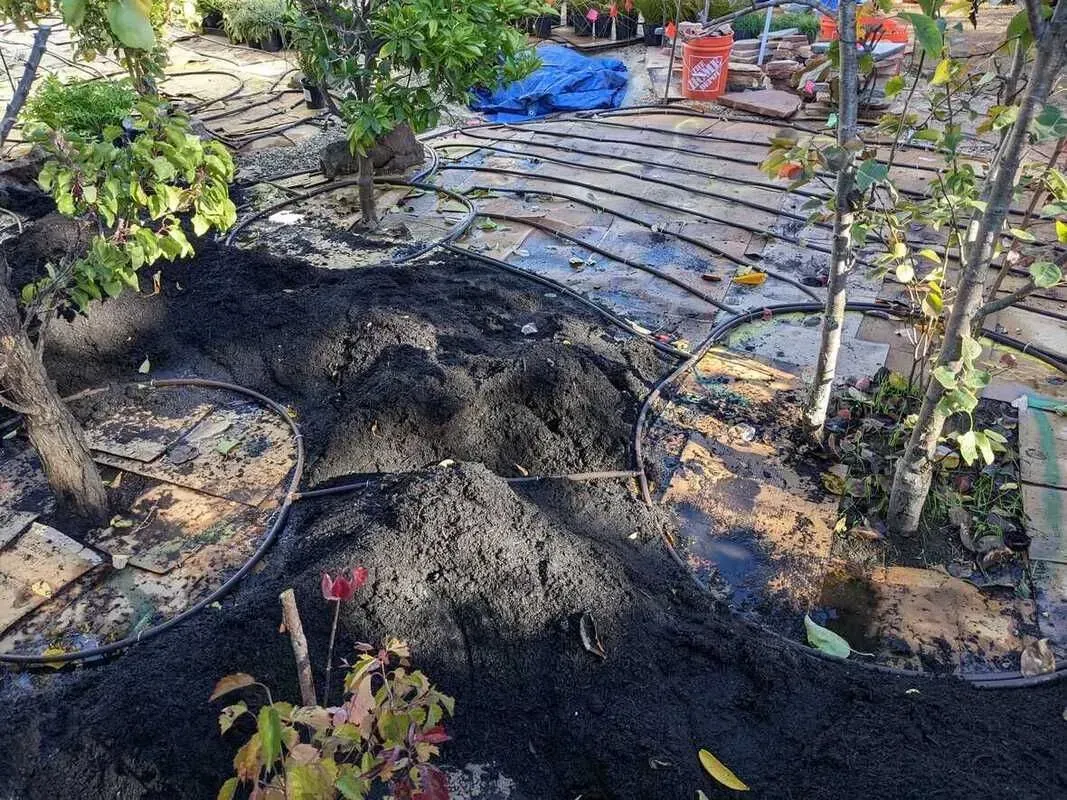
HYDRATED SOIL IS HAPPY SOIL!
Much like a sponge, soils that are well-hydrated, will absorb each drop of water and disperse it through the soil, making it evenly available for all your plants. This allows your soil to need considerably less water to keep it properly saturated. Properly saturated soils will keep your garden happy and healthy and lush throughout the dry summer and fall seasons.
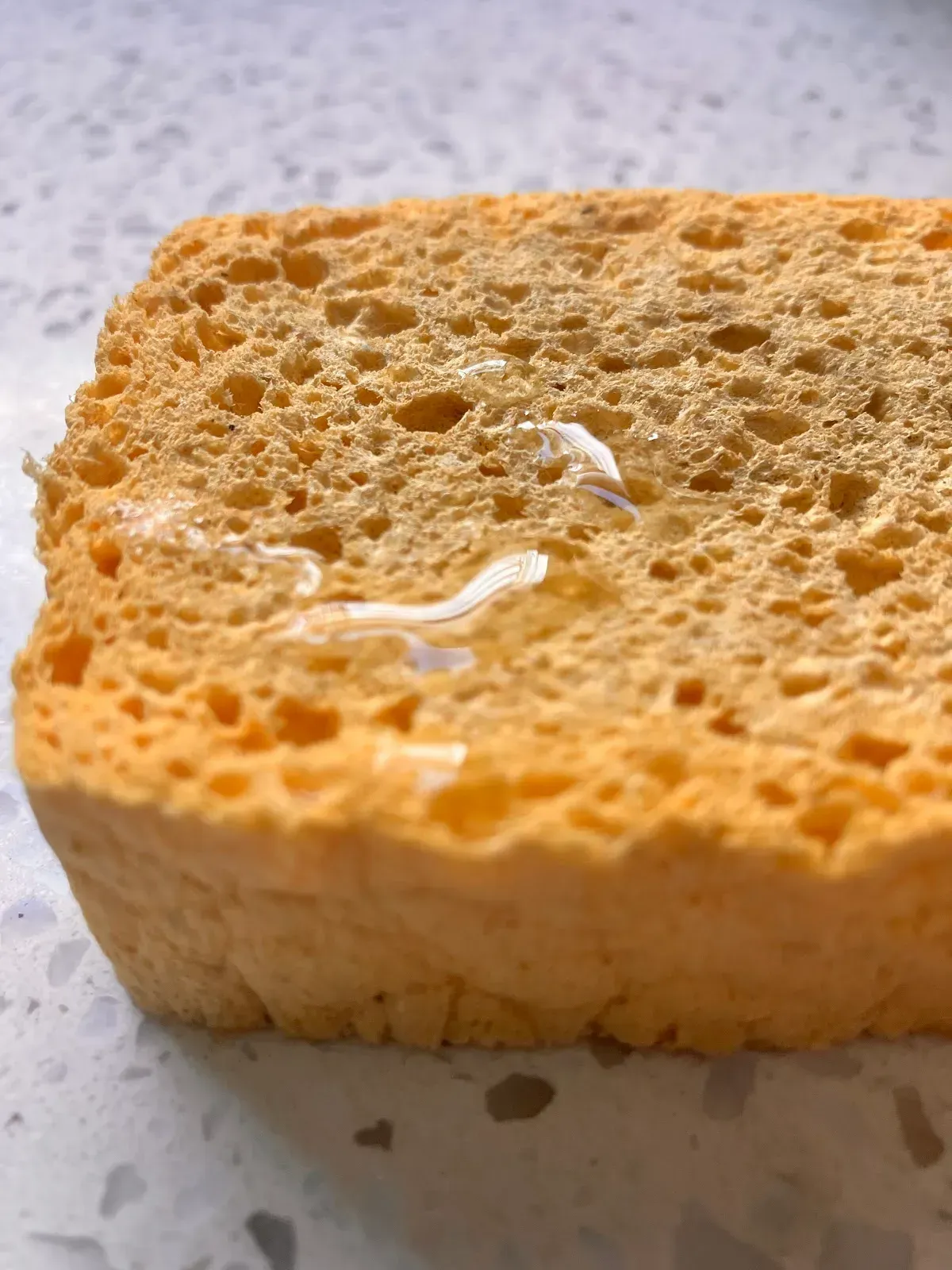
Much like a sponge, soils that are well-hydrated, will absorb each drop of water and disperse it through the soil, making it evenly available for all your plants. Regularly checking your soil by digging down three-to-four inches will allow you to stay on top of when you need to increase the amount of irrigation in your garden. Don’t be afraid to add the right amount of water to your garden to keep your soils hydrated and your plants happy.
Setting up your soil for success during late spring will ensure a beautiful garden full of life both below and above the soil for the rest of the year.
